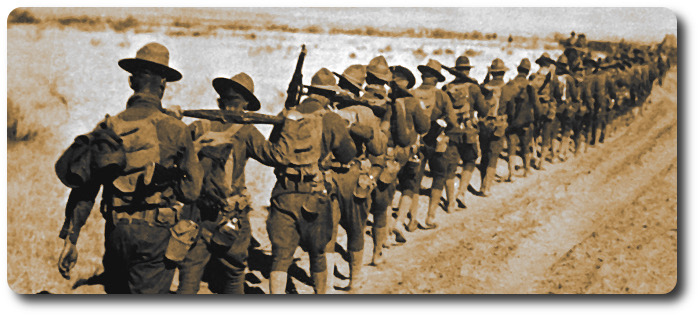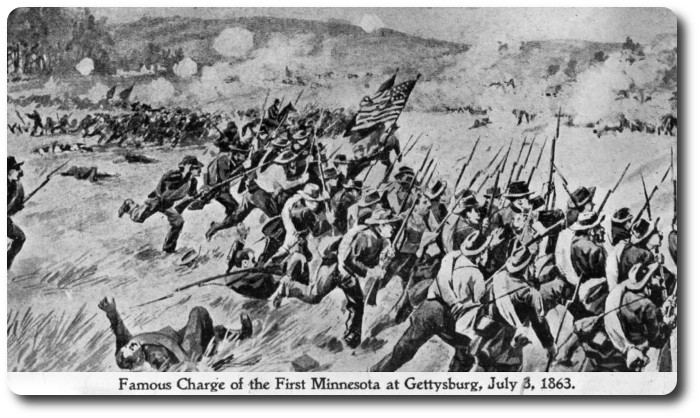Topic: Marching

When on the March; Actual Service (1870)
The subaltern officers should personally see that the men wash their feet on arriving at a halting place for the night, and should satisfy themselves by personal inspection that the nails are properly cut. A good officer will attend to this injunction; a careless officer will probably turn it into ridicule to cover his own laziness.
Regulations and Orders for the Active Militia of the Dominion of Canada, 1870
The men composing any column of march, to march at attention when passing through town and villages; at other times, although marching at ease, they will strictly keep their ranks. A party on proportion to the strength of the column to be detailed invariably as an advanced and rear guard. An uniform steady pace, about three miles an hour to be kept up; the column to halt for five minutes at the end of the first half hour; and after that at the end of every hour's march.
An officer or non-commissioned officer with a party of one man per company to be sent in advance to choose a convenient spot at which to halt for meals, and to light fires for cooking if necessary. An intelligent officer with party similarly to be sent in advance to select a spot for camp or bivouac if necessary. Under no pretense are the men to be allowed to enter taverns to drink on the line of march. No man is to fall behind during the march but by leave of the captain of his company, and then always to have a non-commissioned officer left with him to bring him on.
If the march is to extend beyond one day, officers shall pay particular attention to the condition of the feet of their men. The subaltern officers should personally see that the men wash their feet on arriving at a halting place for the night, and should satisfy themselves by personal inspection that the nails are properly cut. A good officer will attend to this injunction; a careless officer will probably turn it into ridicule to cover his own laziness. It is impossible for men to march for many days consecutively without following this prescription, and the fate of a battle may very easily depend on the men being in good marching condition. Every man should have in his possession a piece of soap, and should soap the inside of the heel of his stocking before commencing each day's march, and the officers should see that this is done by every man. The men should be cautioned to drink on the march no more than is necessary to satisfy thirst, as over indulgence in this respect increases the craving it is intended to allay.
The men on arriving at the night's halting place should never be kept waiting. The camp or bivouac or the billets should be already prepared for the, and they should be dismissed to their rest with the least possible delay consistent with discipline. If the men are to be in billets, every man must be acquainted with the locality of the alarm post before being dismissed to his billet. The alarm post of each company should be the captain's billet, from whence it should be marches by the captain to the general rendezvous. A guard is to be established on arriving at the halting place for the night. All men required for duty to be warned before they are dismissed to their billets or camp.
The officer in command of a column will, on arriving at any post where a senior officer may be stationed, report to the senior officer for orders---and the billet party sent on to provide billets at such a post will in the first place report to the senior officer, on whom will devolve the responsibility of making requisitions for billets on the chief magistrate, or of superintending the arrangement of billets by agreement with the householders.


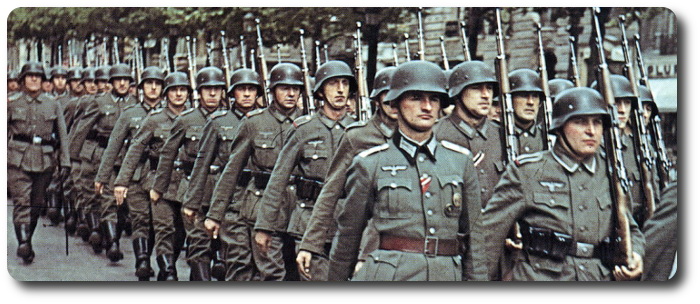
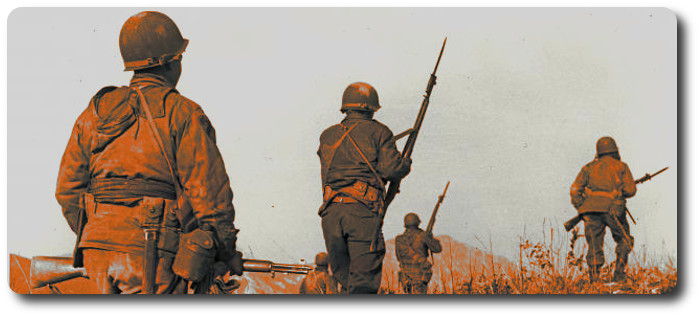
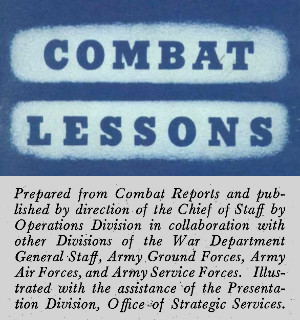 Combat Lessons, Number 2, September 1946
Combat Lessons, Number 2, September 1946